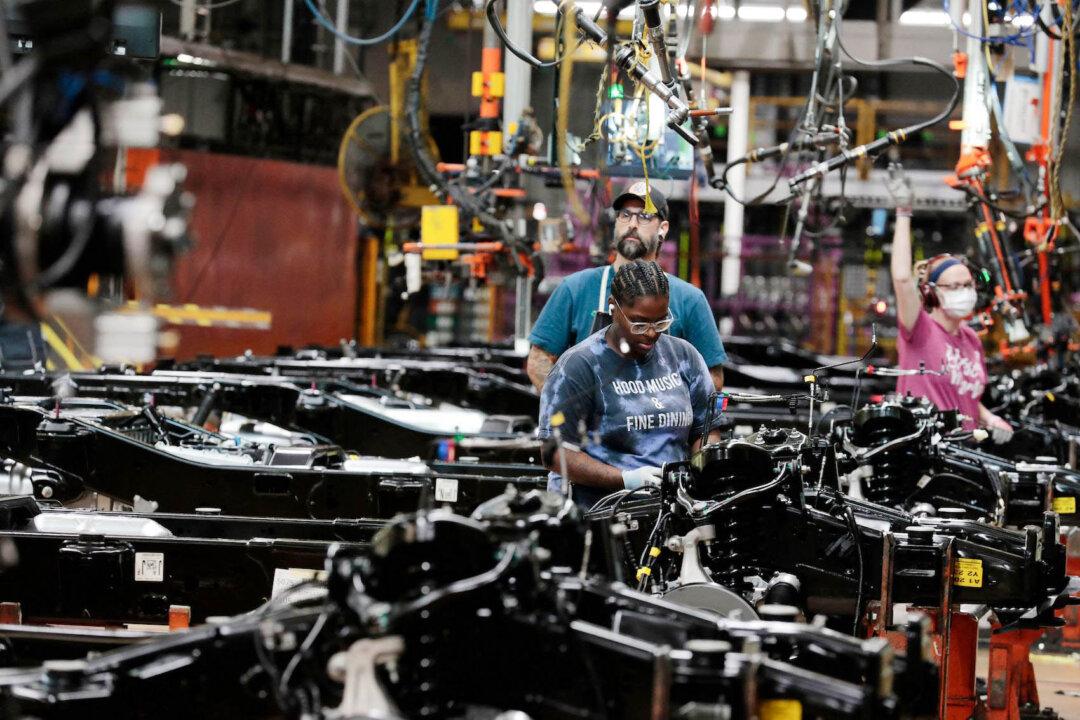President Trump has lamented the loss of manufacturing jobs in the United States, and has rhapsodized about a new golden age for American manufacturing. As much as we might miss “the good old days,” it is never easy to turn back the clock. Today’s populists should heed the lesson from the failed experiments of socialism that top-down central planning falls far short of accomplishing a government leader’s economic goals. That’s not to say that government is powerless to assist the manufacturing sector. However, to do so, we need to understand natural market forces and to find policies that harmonize with them.
A prominent feature of market economies is what the economist Joseph Schumpeter dubbed “creative destruction.” The dynamism of competitive free markets constantly replaces enterprises and jobs that are falling behind in satisfying consumer wants with enterprises and jobs that better satisfy those wants.
Throughout our country’s history, millions upon millions of Americans have faced this grim, unsentimental verdict of the marketplace: You are no longer creating enough value for others to continue in your present line of work, so you need to do something else to earn a living. Ouch!
At the micro level of individual human beings, losing a job hurts a lot. It can leave us disillusioned, angry, and/or fearful. At the macro level, however, when individuals migrate from jobs that create little value to jobs that create more value, society as a whole becomes wealthier. The ever-evolving creative destruction of free markets drives economic development and increases prosperity. Alas, the process is not pain-free. The market’s ongoing adjustments of replacing existing, less economically useful jobs with new, more economically useful jobs are the inevitable growing pains—the price we pay—to achieve prosperity.
Pause to reflect for a moment on the defunct Soviet system. Under socialism, Soviet workers were guaranteed their jobs. In that sense, they appeared more secure than their American counterparts. But at what cost? By freezing the job market in place, the Soviets killed economic dynamism and progress. The overall economy and workers’ standards of living stagnated until the system eventually collapsed, revealing the alleged “workers’ paradise” to be a severely impoverished, backward economy.
Reflect, too, on the long-term trend in farming employment in the United States. Two centuries ago, approximately three-fourths of Americans worked in agriculture. Over the decades, numerous technological advancements increased the productivity of American farmers dramatically. This caused a relentless reduction of agricultural jobs. An increasingly smaller percentage of Americans were needed to produce enough food to feed the entire country and have enough left over to export abroad.
What is of concern today is not U.S. manufacturing overall. The United States does not need to make toothbrushes and garbage cans for us to have an advanced, wealthy economy—although again, to reiterate a point made earlier, gains in the macro economy are often accompanied by pain at the micro level, and many Americans were devastated when their low-tech manufacturing jobs moved overseas.
The macro concern today is that the manufacturing of certain goods essential for crucial applications, such as for national defense, is being done in countries (particularly China) that pose threats to national security. Trump wants to return such manufacturing to the United States. Achieving that goal won’t be easy, but the best place to start would be to correct domestic policy errors that have helped to drive some manufacturing offshore.
If we can fix these ill-advised policies, that would help make domestic manufacturing more viable.







